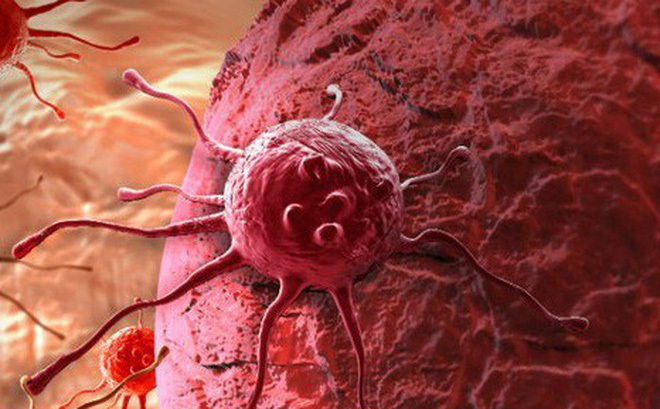The difference between benign and malignant tumors
Benign tumors grow slowly, less recurrence after removal, melanomas form from cancerous cells, invasive to neighboring tissues.
Normally each cell also has a certain lifespan. After a number of reproductive cycles, functioning by function, the cell enters a predetermined death process. If an old cell dies, a young cell is born that replaces both location in space and function, then no tumor appears.
In some cases, old cells do not die, new cells are still born, which function as the cells that produce it (called differentiation) when the benign tumor appears as a result of the process. Genetic mutations in benign tumors.

Tumors in cancer, also called malignant tumors, not only grow in size but also form roots that plug into the surrounding area, destroying these areas.
When a patient is diagnosed with a tumor, the first step is to find out whether the tumor is benign or malignant, which will affect the treatment plan. Verywell page analyzes the characteristics of benign, malignant tumors.
Benign tumor characteristics
A benign tumor is less worrisome unless it presses on nearby tissues, nerves or blood vessels, causing damage.
- Cells tend not to spread.
- Most of the growth is slow.
- Do not secrete hormones or other substances (an exception: pheochromocytomas of the adrenal glands).
- Less likely to relapse if removed or treated with radiation or chemotherapy.
Malignant tumor characteristics
Malignant tumors, made up of cancer cells, can invade nearby tissues. Some cancer cells can move into the blood, lymph nodes, and spread to other tissues in the body. Cancer can occur anywhere in the body including breast, intestines, lungs, reproductive organs, blood and skin.
For example, breast cancer begins in breast tissue, which can spread to the axillary lymph nodes if not detected early, treated. When breast cancer spreads to lymph nodes, the cancer cells can move to other areas of the body, such as the liver or bone.
- Cancer cells grow quickly and may recur after removal.
- Cells with chromosomes and DNA can have abnormal shapes.
The diagnostic imaging methods can identify the tumor accurately such as ultrasound, X-ray, computer tomography ... but to determine the exact cancer or benign cells need birth equipment, using immunohistochemistry.
Malignant tumors can spread rapidly so thorough treatment is difficult, and the relapse rate is high if detected late. Inadequate treatment can be life-threatening for patients, which is one of the leading causes of death in the world.
If the doctor diagnoses a person with a malignant tumor, they will make a treatment plan based on the stage of the disease. The cancer in the early stages has not spread, the later stage has spread to many areas of the body.
If you have been diagnosed with a benign tumor, your doctor may suggest observing or removing it for cosmetic or health purposes (for example, the tumor may damage an organ in the body). .
VACXIN VIETNAM JOINT STOCK COMPANY
Certificate of Business Registration No. 0107631488 by the Department of Planning and Investment City. Hanoi issued on 11/11/2016
Address: 180 Truong Chinh, Khuong Thuong Ward, Dong Da District, City. Hanoi
Mail: info@mode.edu.vn
Hotline: 028 7300 6595
Working time: From Monday to Sunday
From 7:30 - 17:00 (no lunch break)
117-119 Ly Chinh Thang, Ward 7, District 3, City. Ho Chi Minh